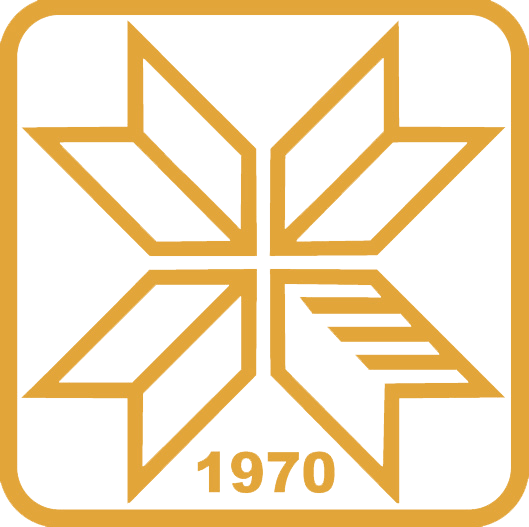Muscle contraction adaptations in top-level karate athletes assessed by tensiomyography
Отварање
Датум постављања документа
2022-08-19Аутори
Jeknić, Velimir
Dopsaj, Milivoj
Toskić, Lazar
Koropanovski, Nenad
Метаподаци
Приказ свих података о документуАпстракт
Background: This paper aimed to compare the involuntary stimulated neuromuscular
response of thigh muscles in top-level karate athletes and recreational groups. Methods: The study
included 13 male karate athletes (KAs) and 14 non-athlete male individuals (NAs). Tensiomyographic
(TMG) measurements were obtained from the rectus femoris (RF), vastus medialis (VM), vastus
lateralis (VL), biceps femoris (BF) and semitendinosus (ST). Results: Statistically significant differences
were observed between KAs and NAs in knee extensor/flexor delay time (Td), contraction time
(Tc), total contraction time (Tct), maximal radial displacement of the muscle belly (Dm) and rate of
muscle tension development (RMTD). On a group level, KA dominant-leg extensors and flexors
and also non-dominant-leg knee flexors had significant differences when compared to NA. Tct is a
TMG parameter in which the KAs and NAs differ the most in the case of the knee extensors, while
flexor muscles differ the most in the RMTD parameter. Conclusions: The lower Tct values indicate an
improved ability of top-level karateka to make fast contractions of the agonist muscles. KAs’ higher
RMTD values suggest on strength characteristics needed in breaking actions of the antagonist muscles.
Existence of contraction-relaxation-contraction neuromuscular pattern in the RF muscle suggests on
implementation of training strategies that involves both rapid muscle contractions and relaxations.
М категорија
M21openAccess
M21
openAccess
